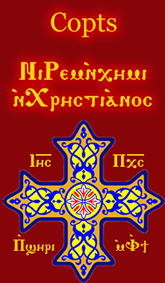The Ethiopian calendar (Amharic: የኢትዮጵያ ዘመን አቆጣጠር yä'Ityoṗṗya zämän aḳoṭaṭär), also called the Ge'ez calendar, is the principal calendar used in Ethiopia and also serves as the liturgical calendar for Christians in Eritrea and Ethiopiabelonging to the Orthodox Tewahedo churches, Eastern Catholic Church and Lutheran Orthodox Church. It is a sidereal calendar based on the older Alexandrian or Coptic calendar, which in turn derives from the Egyptian calendar, but like theJulian calendar, it adds a leap day every four years without exception, and begins the year on August 29 or August 30 in the Julian calendar. A seven- to eight-year gap between the Ethiopian and Gregorian calendars results from an alternate calculation in determining the date of the Annunciation of Jesus.

Like the Coptic calendar, the Ethiopic or Ge'ez calendar has twelve months of exactly 30 days each plus five or six epagomenal days, which comprise a thirteenth month. The Ethiopian months begin on the same days as those of the Coptic calendar, but their names are in Ge'ez. The sixth epagomenal day is added every four years without exception on August 29 of the Julian calendar, six months before the Julian leap day. Thus the first day of the Ethiopian year, 1 Mäskäräm, for years between 1901 and 2099 (inclusive), is usually September 11 (Gregorian). It, however, falls on September 12 in years before the Gregorian leap year.
The current year according to the Ethiopian calendar is 2005, which began on September 11, 2012 AD of the Gregorian calendar.

No comments:
Post a Comment